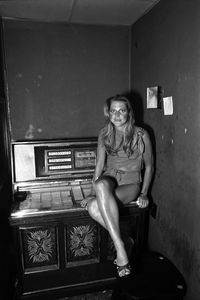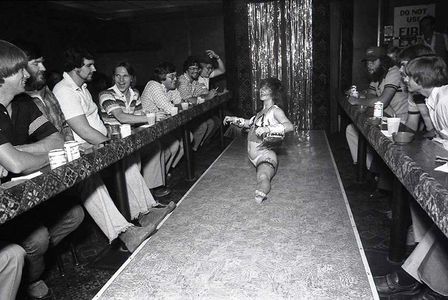

It formed the last third of an afternoon game show block that also included The Price Is Right and Match Game '74.

The syndicated version offered the same plus, one member of the winning rooting sections, chosen at random, got six different parting gifts.ĬBS placed Tattletales at 4:00 PM ( Eastern Time Zone)/3:00 PM ( Central Time Zone/ Mountain Time Zone/ Pacific Time Zone) when it premiered, replacing the long-running soap opera The Secret Storm. The wives were then asked two more questions, with the value of the final question doubled to $300.

The husbands were first asked two questions, after which the players changed places prior to the second round. If no one matched, the amount of the pot was added to the next question. Each question had a pot of $150, split among all couples who matched ($50 if all three matched, $75 if two matched and $150 if only one couple matched). In June 1974, the game dropped the first type of question, and questions in the "Tattletale Quickies" format were used for the entire show (though the "Quickies" name was dropped). The players changed places in the second round. If the answers matched, the team won $100. On their turn, each onstage player answered the question, and the spouse appeared and answered the same question. Convy then asked another question, usually multiple choice, called a "Tattletale Quickie," to each couple in-turn. The offstage player who buzzed in first answered the question, and if the couple's answers matched, they won money for their rooting section.Ī correct answer was worth $100 with a one-word clue, and $50 with a two-word clue. Convy then repeated the question to the offstage players, appearing on the monitors in front of their spouses, followed by the clue. That player then gave a one- or two-word clue that the spouse would recognize. After each question was read, a player onstage buzzed-in to answer the question. In the first format, Convy asked the players onstage two questions, which usually started with "It happened at." or "A story involving." and then Convy completed the question. Audience members received their winnings in checks distributed as they left the studio. A member of the winning section was also randomly drawn to win additional prizes. In the event of a tie, those sections split the $1,000 bonus. The couple with the most money at the end of the show won the game, earning their section a $1,000 bonus. Audience members in each section divided the money their respective couples won. The studio audience was divided into three color-codes sections: red, yellow (which Convy jokingly nicknamed the "banana section"), and blue, each section of 100 members rooting for one celebrity couple. When needed, the offstage players would appear on monitors in front of their spouses. Usually, the game began with the husbands isolated and the wives onstage. The other was a small seating area in the rear left corner of the stage, which was used to keep the players not in the game isolated a sliding wall covered the seating area during gameplay and each player had a set of headphones to block out any noise from the other side of the wall. One was a desk behind which three players could sit. In both formats, the show's set consisted of two parts. Production for Tattletales was set up at Hollywood's Television City in either Stages 31, 41, 43. The second format remained for the rest of the show's run, including its later versions. The show changed its format after its first four months on the air. All five hosts also participated in playing the game along with other hosts such as Allen Ludden, Bill Cullen and Chuck Woolery. Among the hosts who filled in for Convy during these episodes were Gene Rayburn, Bob Barker, Bobby Van, Jack Narz and Richard Dawson. Bert Convy and his wife, Anne, occasionally played the game during the 1970s run, most often during weeks in which the panel was made up entirely of other game show hosts and their spouses. Bert Convy was awarded a Daytime Emmy Award for hosting the show in 1977.


 0 kommentar(er)
0 kommentar(er)
